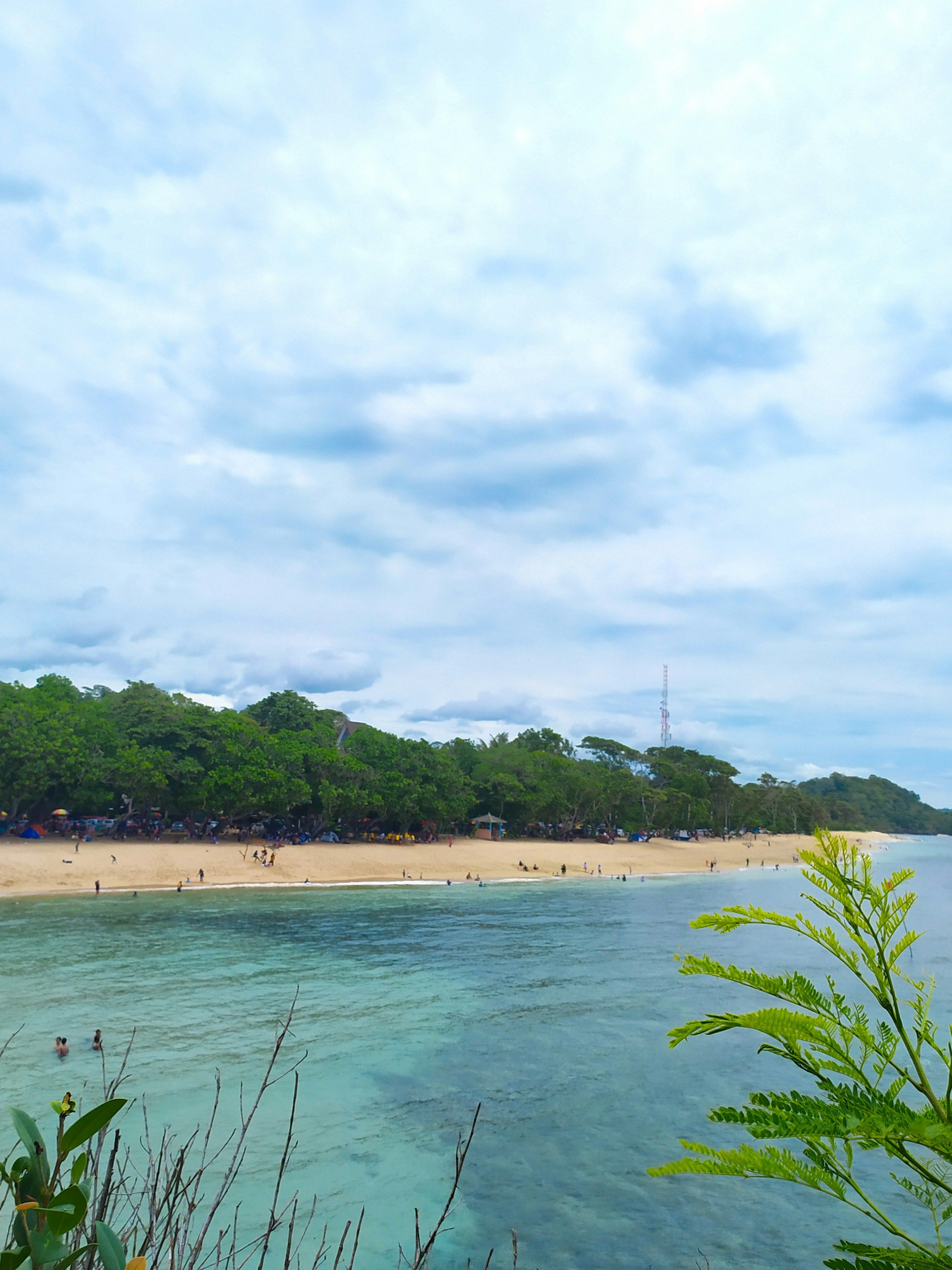Alert Issued for Potentially Harmful Blue-Green Algae in Certain Lakes in Brandenburg
Warning: Blue-green Algae Alert in Brandenburg's Summer Lakes
Listen up, sunbathers! This summer, keep an eye out for the blue-green algae menace in the lakes of Brandenburg. Authorities are issuing warnings due to a potential mass outbreak of these algae in numerous lakes across the region, which can be hazardous for your health.
Cyanobacteria caution in Brandenburg
The Ostprignitz-Ruppin district has identified two lakes affected by the cyanobacteria, according to officials. As early as May, the Märkisch-Oderland district cautioned against using a lake. Moreover, warnings have been issued in the Dahme-Spreewald district, where the algae have been found at eleven bathing spots.
These blue-green algae form streaks and cloud the water, giving the water a peculiar appearance. What might seem harmless could potentially lead to skin irritation, nausea, and other unpleasant symptoms for swimmers. So, maintaining a safe distance is advisable.
Potsdam's warning call
The city of Potsdam is raising the alarm regarding increased algae risks in the Havel waters. While algae growth in Potsdam's lakes is currently scattered, warm temperatures may alter that in the near future.
Health department advisory: Blue-green algae can release toxic substances, so it's crucial not to swallow water during swimming activities.
Potsdam advice: "Swimming should be avoided if you're up to your knees in the water and can no longer see your feet. Smaller children should steer clear of strong algae blooms."
You can find an overview of all bathing spots in Brandenburg here.
Health Risks- Cyanobacterial blooms, frequently occurring during hot weather in the summer, pose a significant health risk to swimmers and lake users. These algae can produce toxins harmful to human health.[1]- Exposure to toxic blue-green algae can result in skin irritation, allergic reactions, respiratory problems, and gastrointestinal symptoms if ingested or through skin contact during swimming.[1][2]- Vulnerable groups like children may be more adversely affected by the toxins produced by the algae.[1]
Current Monitoring and Safety Measures- The bathing season in the region runs from mid-May to mid-September, during which water quality is closely monitored every two weeks for bacterial contamination and toxic algae presence, especially in official bathing areas.[2]- Authorities like the State Office for Health and Social Affairs (Lageso) consistently update water quality data online, including information about blue-green algae outbreaks, water temperature, and visibility.[2]- Swimming is prohibited in certain water bodies, including parts of the Spree, canals, the Havel river sections, harbors, and areas near bridges and ferries to reduce risks from pollution and algae.[2]- Innovative solutions like wireless solar-powered sensor systems have been deployed at lakes like Am Mellensee to provide real-time data on blue-green algae presence and alerts, enhancing public awareness and safety.[1]
Precautions for Swimmers and Visitors- Steer clear of lakes with reported or visible blue-green algae blooms.[1][2]- Refrain from ingesting lake water and minimize contact with it if algae blooms occur, especially for children, the elderly, and those with skin sensitivities or respiratory issues.[1][2]- Follow public health advisories and rely on official updates from Lageso or local information sources for safe swimming conditions.[2]- Utilize protective measures, such as showering immediately after swimming in natural waters to remove any algae toxins from the skin.[1]
In summary, blue-green algae outbreaks in the lakes of Brandenburg during warm months represent a notable health risk due to cyanobacterial toxins. Continuous monitoring by health authorities and innovative sensor technologies are helpful in managing these risks. Swimmers should heed warnings, avoid affected waters, and follow hygiene recommendations to prevent adverse health effects.[1][2]
[1] Kansas Department of Health & Environment. (2021). Blue-Green Algae Bloom Fact Sheet. Retrieved from https://www.kdheks.gov/algal-blooms/Documents/Blue-Green-Algae-Blooms-Fact-Sheet.pdf
[2] State Office for Health and Social Affairs (Lageso) Brandenburg. (2021). Information on water bodies in Brandenburg. Retrieved from https://www.lageso.brandenburg.de/themen/umwelt/wasserschutz/crypto-surveillance.php
- In light of the increasing algae risks in Potsdam's Havel waters, the city is urging caution, especially as warmer temperatures may escalate algae growth.
- To minimize exposure to toxic substances from blue-green algae, it's essential to avoid swallowing water during swimming activities, and swimmers should maintain a safe distance when algae blooms are visible.
- To protect children and vulnerable individuals from the potential adverse effects of toxins produced by blue-green algae, it's advisable to follow public health advisories and rely on official updates from authorities like Lageso.







